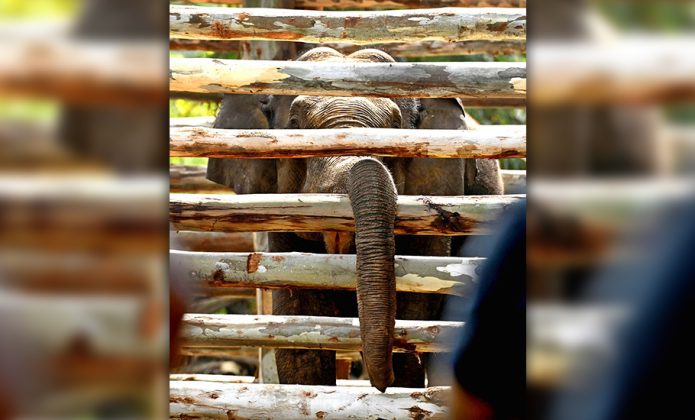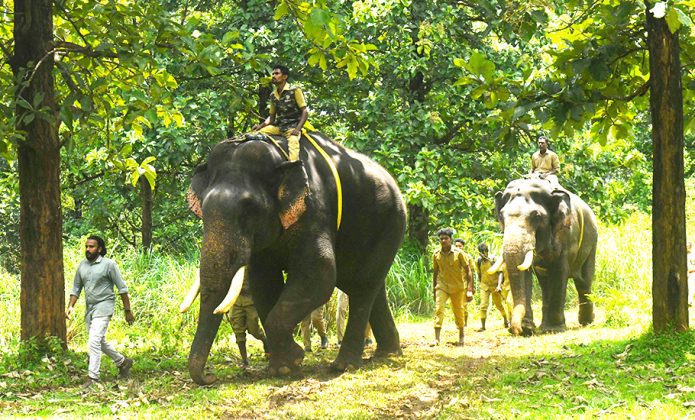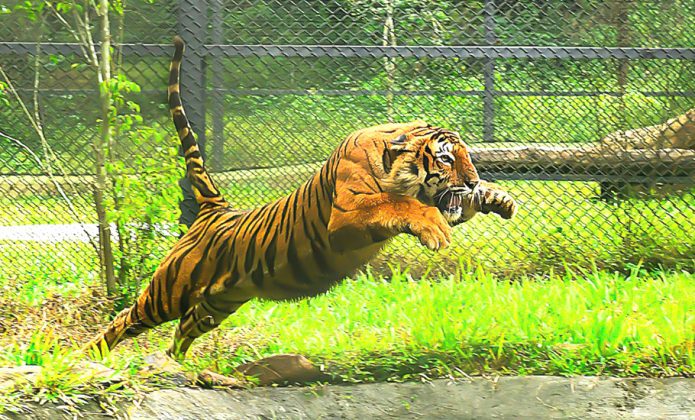
- Home
- News
- Analysis
- States
- Perspective
- Videos
- Education
- Entertainment
- Elections
- World Cup 2023
- Features
- Health
- Business
- Series
- Economy Series
- Earth Day
- Kashmir’s Frozen Turbulence
- India@75
- The legend of Ramjanmabhoomi
- Liberalisation@30
- How to tame a dragon
- Celebrating biodiversity
- Farm Matters
- 50 days of solitude
- Bringing Migrants Home
- Budget 2020
- Jharkhand Votes
- The Federal Investigates
- The Federal Impact
- Vanishing Sand
- Gandhi @ 150
- Andhra Today
- Field report
- Operation Gulmarg
- Pandemic @1 Mn in India
- The Federal Year-End
- The Zero Year
- Premium
- Science
- Brand studio
- Home
- NewsNews
- Analysis
- StatesStates
- PerspectivePerspective
- VideosVideos
- Entertainment
- ElectionsElections
- Sports
- Loading...
Sports - Features
- BusinessBusiness
- Premium
- Loading...
Premium
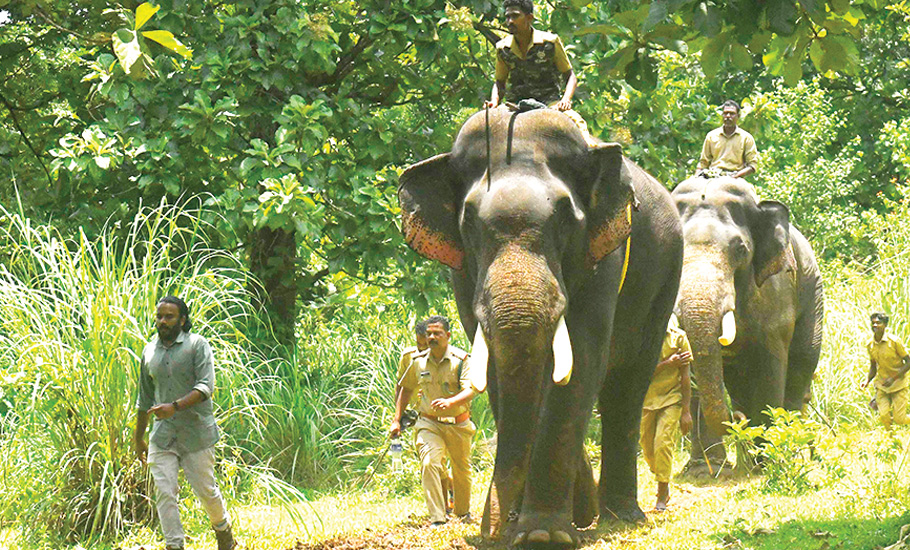
How Kumkis with ‘criminal past’ led the Kerala elephant capture operation

Over the last month or so, the jungles in Kerala stood witness to loud rumblings and hurried movements, both involving humans and animals. Humans set out to capture animals believed to have ‘gone rogue’ after they killed people and destroyed crops. The animals put their sense of smell, sight and hearing to use to outsmart humans. Those outside the jungle stayed glued to any news they...
Over the last month or so, the jungles in Kerala stood witness to loud rumblings and hurried movements, both involving humans and animals. Humans set out to capture animals believed to have ‘gone rogue’ after they killed people and destroyed crops. The animals put their sense of smell, sight and hearing to use to outsmart humans. Those outside the jungle stayed glued to any news they could get on the developments inside. The intense action ended with the capture of two elephants and one tiger within a span of two weeks.
The capture of PM 2 (Panthallur Makhna 2) and PT 7 (Palakkad Tusker 7) and the tiger in Kerala has brought attention to the team that led the operation. The rapid response team (RRT) of the Kerala Forest Department is a 26- strong contingent, but the most decorated members are the Kumki elephants.
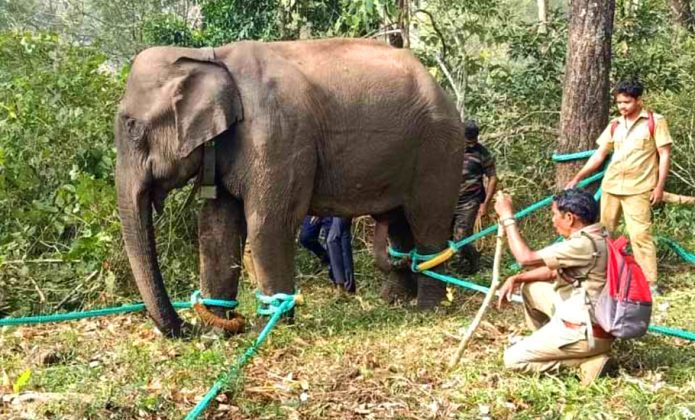

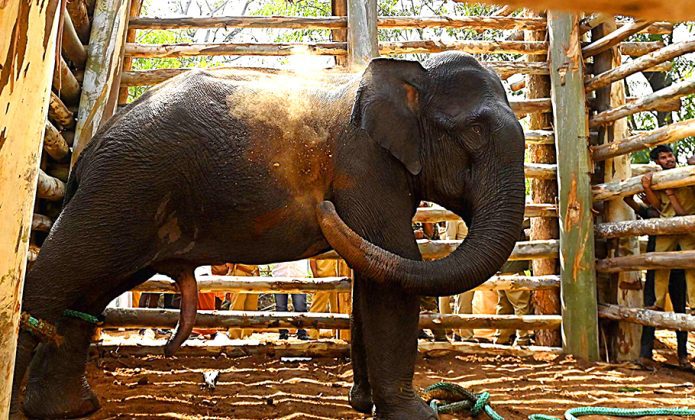
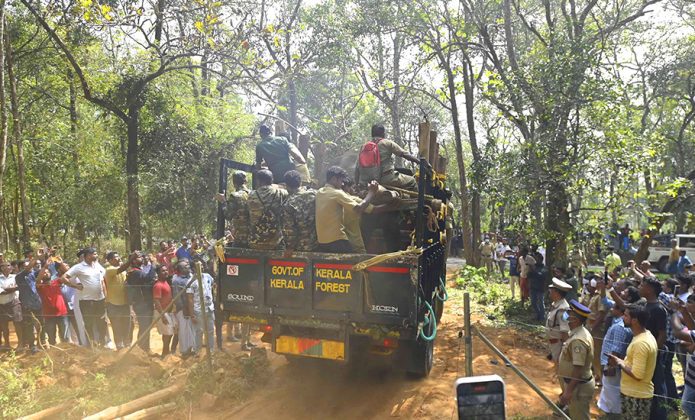
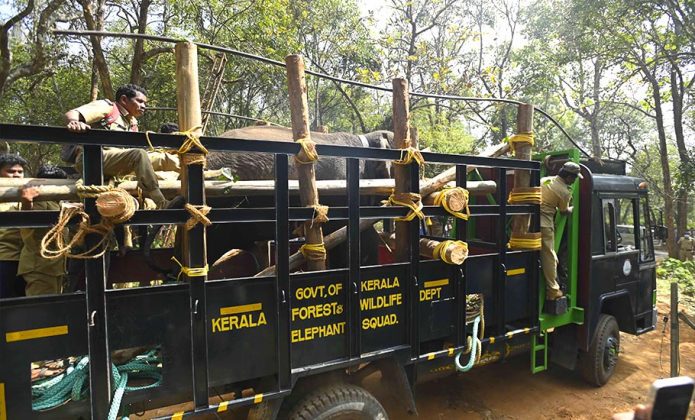
Three Kumki elephants — Konni Surendran, Vikram and Bharatan — were involved in the recent operations to dart and capture PM 2 and PT 7 from Wayanad and Palakkad. It was Vikram and Bharatan who helped capture PM 2 in Wayanad, but Surendran also played a vital part in the operation to capture PT 7 in Dhoni.
Interestingly, two of these three Kumkis have a ‘criminal past’ as they too were captured and caged in a similar way before being taught how to control other rogue elephants. Going ahead, officials hope to train PT 7, now renamed Dhoni, after the place it was captured from, to join their ranks.
Who are Kumkis
The word ‘Kumki’ is derived from the Persian word ‘kumak’, which means aid. Kumki is a term used for trained captive Asian elephants that are used to trap wild elephants. They are also used to rescue injured or trapped wild animals.
“Kumkis are not domestic elephants, they always have the forest in their mind, and we too want them to be this way. That’s why they are managed in a semi-wild environment,” said a forest department official posted at the Muthanga Wildlife sanctuary in Wayanad, who manages the Kumkis.
There is a Kumki training facility in Muthanga where seven elephants have finished their training.
“Normally, apart from the Kumki team, there are four separate teams for tracking, darting, support and transportation for an elephant capture,” Dr Arun Zachariah, who led the darting operation in the recent capture, told The Federal.
“We had the help of three Kumkis for the operation in Dhoni but had only two of them in Wayanad. For an operation of this scale four Kumkis are ideal. Fortunately for us, everything fell in place and we could complete a textbook capture of PT 7. But it was different with PM 2. We were short of a Kumki which resulted in me being attacked by the jumbo,” he said.
“PM 2 is a more violent compared to PT 7,” he added.
“The first step is sedation. We prefer the animal to be in standing position for it to be sedated so that we can load and transport it with the help of Kumkis. Usually a cocktail of tranquilisers Xylazine, Ketamine Hydrochloride and Acepromazine is administered through the dart and with the help of Kumkis we transport it to the krall,” Dr Zacharia explained.
When the forest department taskforce started the process to capture PT 7 there were only two Kumkis present — Vikram and Bharatan. Surendran was called from Muthanga due to public demand. Since he has participated in numerous operations that are similar and is obviously different from the other Kumkis, he is very well liked by the general public.
Twenty-four-year- old Surendran was rescued by wildlife staffers from Laha Forest area of Pathanamthitta district, when his mother died in 1999. The seven-month-old calf was brought to the Konni elephant camp and looked after by the forest officials, where he grew up to be one of the tallest elephants in the state. He is the most domesticated elephant in the 10- member strong Kumki contingent of Kerala Forest Department. Surendran was such a beloved of the people who had been watching him since his childhood at Konni, that they did not want them to be made a Kumki. There was a huge uproar calling for him to be trained as a temple elephant, but the department had other plans, and he was sent to Tamil Nadu for Kumki training.
The other two have very different stories to tell. Vikram, who is known as Vadakkanad tusker, who violently attacked the local people and destroyed their crops in the Vadakkanad region, was tranquillized and caged on March 11, 2019, after a series of protests by the villagers as the tusker killed an Adivasi youth on May 30, 2018. The operation, also led by Dr Zacharia, to track and capture Vikram proved arduous and took 10 months.
Collaring to capturing
In the first attempt in 2018, the officials darted him and chased him to the Satyamangalam forests after radio collaring the pachyderm. Such operations can also cost lives.
“RRT member Hussain Kalpur died last year in a similar operation but not before bravely fitting the radio collar to Vadakkanad Komban in 2018,” recalls KM Biju, a television journalist based in Wayanad who covered the darting operations in 2018 and 2019.
The tusker who went into the depths of the forest kept on coming back violently and the department had to capture him in 2019. Kunchu and Pramukha of the Muthanga camp were the Kumkis who aided the capture of Vadakkanad.
“It was a difficult operation. The RRT could not locate him for the first two days. When they finally darted him on the third day, he stood still and started moving backwards slowly. It was an intimidating visual,” recollects Biju.
Bharatan, on the other hand, was first captured in 2016 after he attacked a farmer. He was a regular crop raider and leader of an elephant herd, who was unfazed by the intimidation tactics of the farmers, thus earning the moniker ‘Bharatan SI’ after sub-inspector Bharatan, a comedy character from the popular Malayalam film Aaraam Thampuran (1997). He was officially recorded as Kallur tusker those days.
It was after a public outcry that the forest department put off its plan to set him free inside the Periyar Tiger Reserve. Kallur tusker was locked up in the krall for almost two years before being sent for Kumki training. After the training he was released in the semi-wild settings of Muthanga.
“Both these animals were established as habituated conflict animals that caused human death. We captured them after radio collaring them. Vikram did not even take 60 days to get tamed. As far as Bharatan is concerned, he was a massive bull. Even after he was captured and locked up in the krall in Muthanga, his friends used to visit him, and he used to feed them with palm leaves from his share of food,” says Dr Zachariah.
The wildlife darting operations are very risky as they may go awry any moment for different reasons.
Hussain Kalpuri, a young forest watcher, who had been involved in several operations to resolve human-animal conflict, was killed by a wild elephant on September 2, 2022, in Palappally of Trissur district.
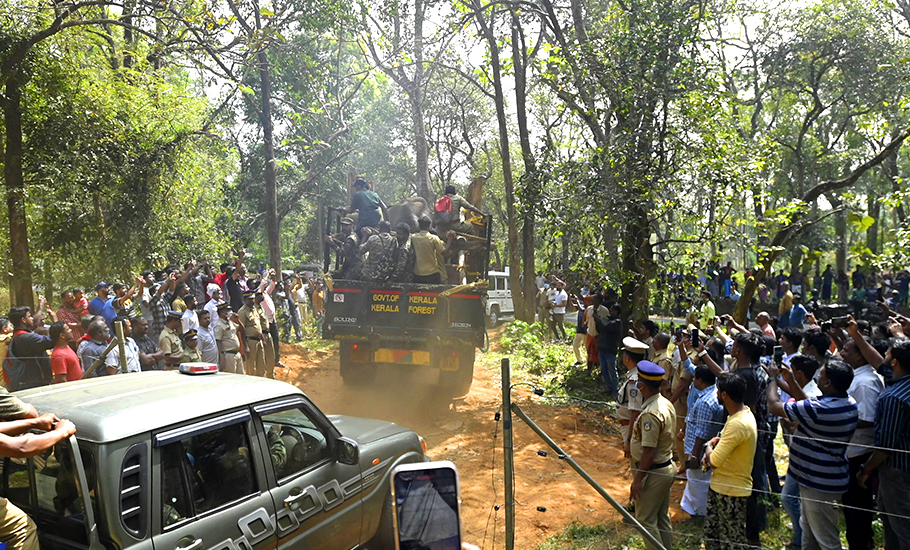
Dr Zacharia himself has many experiences where he was attacked by tigers and elephants.
“When we get into the forest, the animal can smell us from a distance. If we enter within the 20-metre radius of the animal, it will first growl as a warning, and if we stride further, the animal will charge,” says Dr Zacharia.
To ensure the charged animals can be tamed, Kumkis will continue to walk alongside humans in the forests.

